





 |
 |
 |
 |
 |
 |
| Jean-Marc MICHEL | profile | all galleries >> Galleries >> Kanchanaburi | tree view | thumbnails | slideshow |
| previous page | pages 1 2 3 4 5 6 ALL | next page |
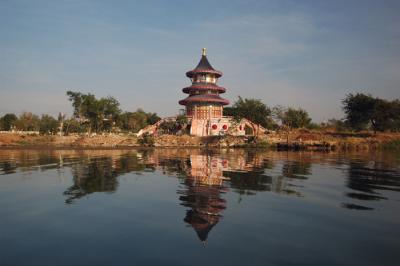 DSC_0078 |
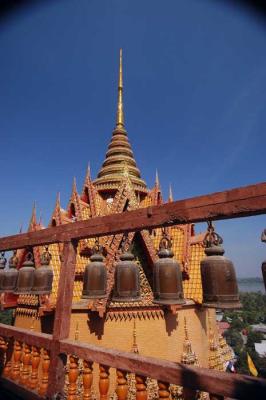 DSC_0232 |
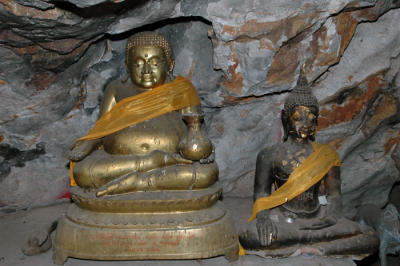 DSC_0051 |
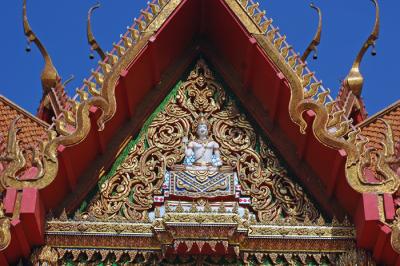 DSC_0205 |
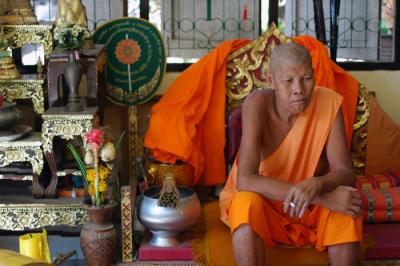 DSC_0040 |
 DSC_0089 |
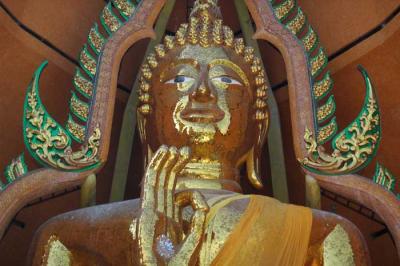 DSC_0199 |
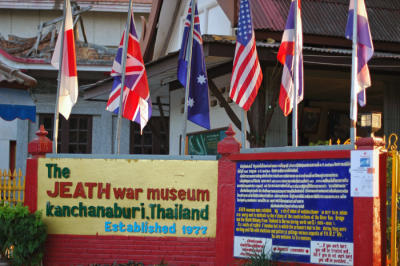 DSC_0133 |
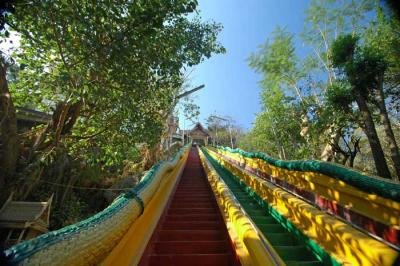 DSC_0185 |
| previous page | pages 1 2 3 4 5 6 ALL | next page |
| comment | share |
| KK Balakrishnan | 15-Sep-2008 10:08 | |